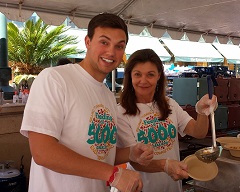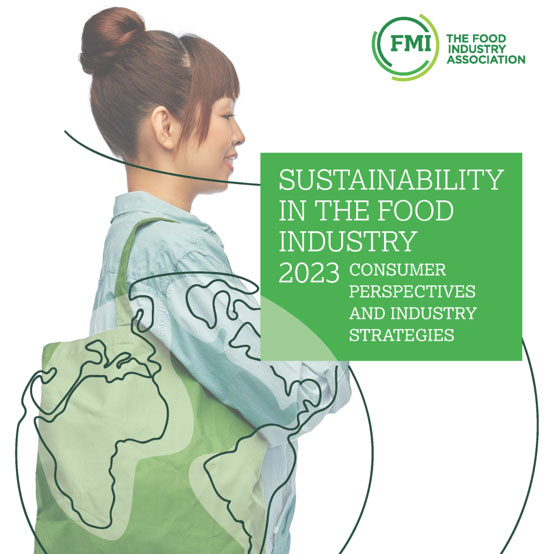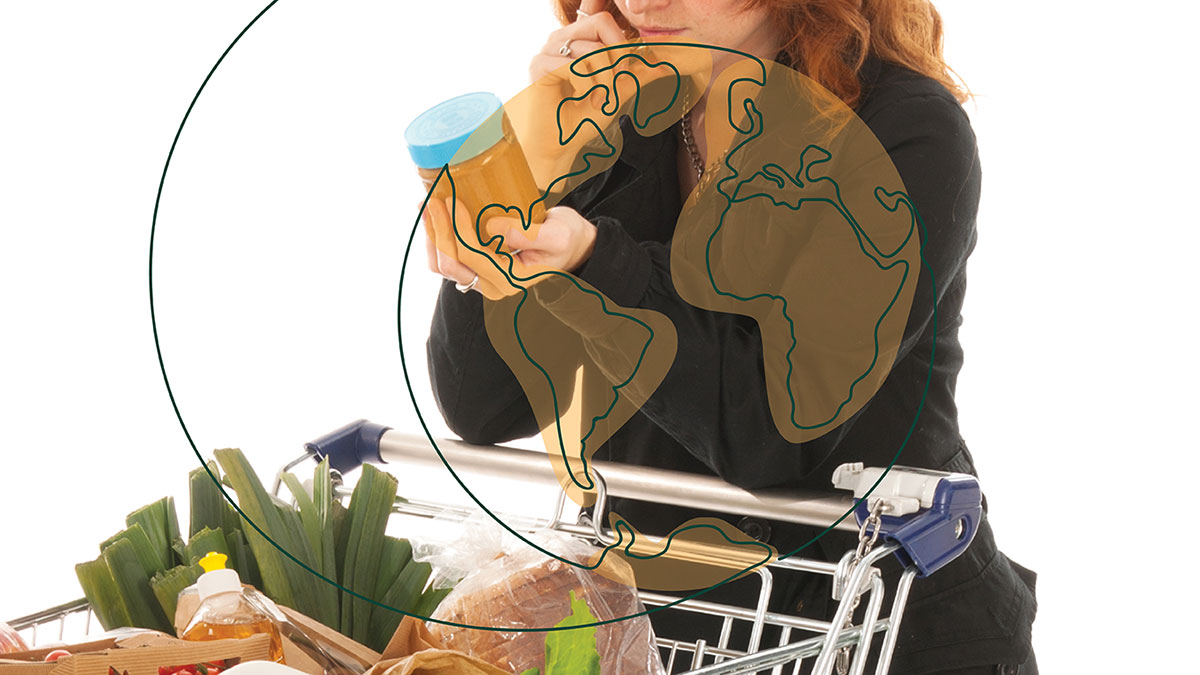By: Jeanne von Zastrow, Senior Director for Sustainability, Food Marketing Institute 
When I was a kid, I lived in a home that had very limited resources. I remember my mom washing out and reusing sandwich bags for our lunches, and insisting we ate every single bite on our plates. Leftovers were always remade into clever dishes for the next meal, and we couldn’t afford to waste anything. These practices sometimes embarrassed me when my more affluent friends came around, but I tended to keep the tradition going in my own family. We strive for a zero food waste home, and on Thursdays, we compete to see who can make the best meal with leftovers and wilting produce.
According to National Geographic, thirty percent or more of the food we produce is not used to feed people. It is lost within the supply chain and the water, labor and other resources are also lost. Recognizing this problem, the food industry formed the Food Waste Reduction Alliance– FMI, Grocery Manufactures Association and National Restaurant Association—who joined forces in 2011 to help reduce food waste sent to landfills. Twenty-six companies are engaged in FWRA with the goals of helping the industry measure, manage and reduce food waste by benchmarking, developing best practices and fostering collaboration between companies, NGO’s, food relief agencies, and government.
I recently represented FMI and the FWRA at the Zero Food Waste Forum. More than 300 attendees across government, NGO’s, business, academia, entrepreneurs and activists attended the meeting and focused on sharing solutions, discussing overcoming hurdles and learning about new innovations to reduce food waste from farm to fork. As one of the few presenters representing business, it was an ideal forum to share industry actions, our progress and clear away misperceptions about our industry.
The closing was the first U.S. Feeding the 5,000 event. About 50 attendees volunteered to prepare a free lunch we served in Oakland’s town square; and at noon we had a long line of hungry people.
The event reminded me of how important the work of FWRA is and the real difference we can make in the lives of people. This week, the FWRA released infographics that summarize findings from its second industry benchmark, which provides a snapshot of where our food waste goes and hurdles and barriers to overcome – like lack of storage, transportation, infrastructure and public policy.
It’s important and soul-satisfying work to help companies reduce food waste, feed more hungry people and find benefits like cost savings, efficiencies and new ways of collaboration on this journey. Please contact me if you’d like to learn more at jvonzastrow@fmi.org.


 Industry Topics address your specific area of expertise with resources, reports, events and more.
Industry Topics address your specific area of expertise with resources, reports, events and more.
 Our Research covers consumer behavior and retail operation benchmarks so you can make informed business decisions.
Our Research covers consumer behavior and retail operation benchmarks so you can make informed business decisions.
 Events and Education including online and in-person help you advance your food retail career.
Events and Education including online and in-person help you advance your food retail career.
 Food Safety training, resources and guidance that help you create a company food safety culture.
Food Safety training, resources and guidance that help you create a company food safety culture.
 Government Affairs work — federal and state — on the latest food industry policy, regulatory and legislative issues.
Government Affairs work — federal and state — on the latest food industry policy, regulatory and legislative issues.
 Get Involved. From industry awards to newsletters and committees, these resources help you take advantage of your membership.
Get Involved. From industry awards to newsletters and committees, these resources help you take advantage of your membership.
 Best practices, guidance documents, infographics, signage and more for the food industry on the COVID-19 pandemic.
Best practices, guidance documents, infographics, signage and more for the food industry on the COVID-19 pandemic.
